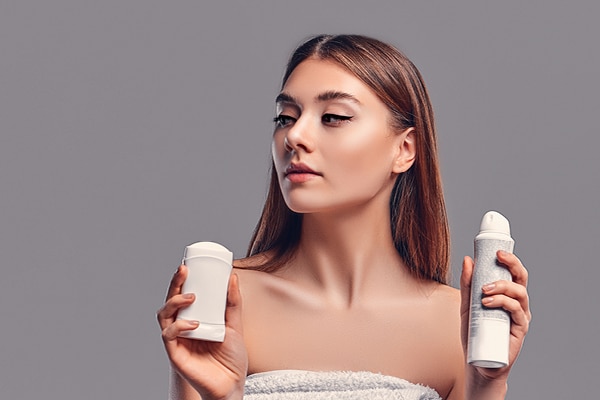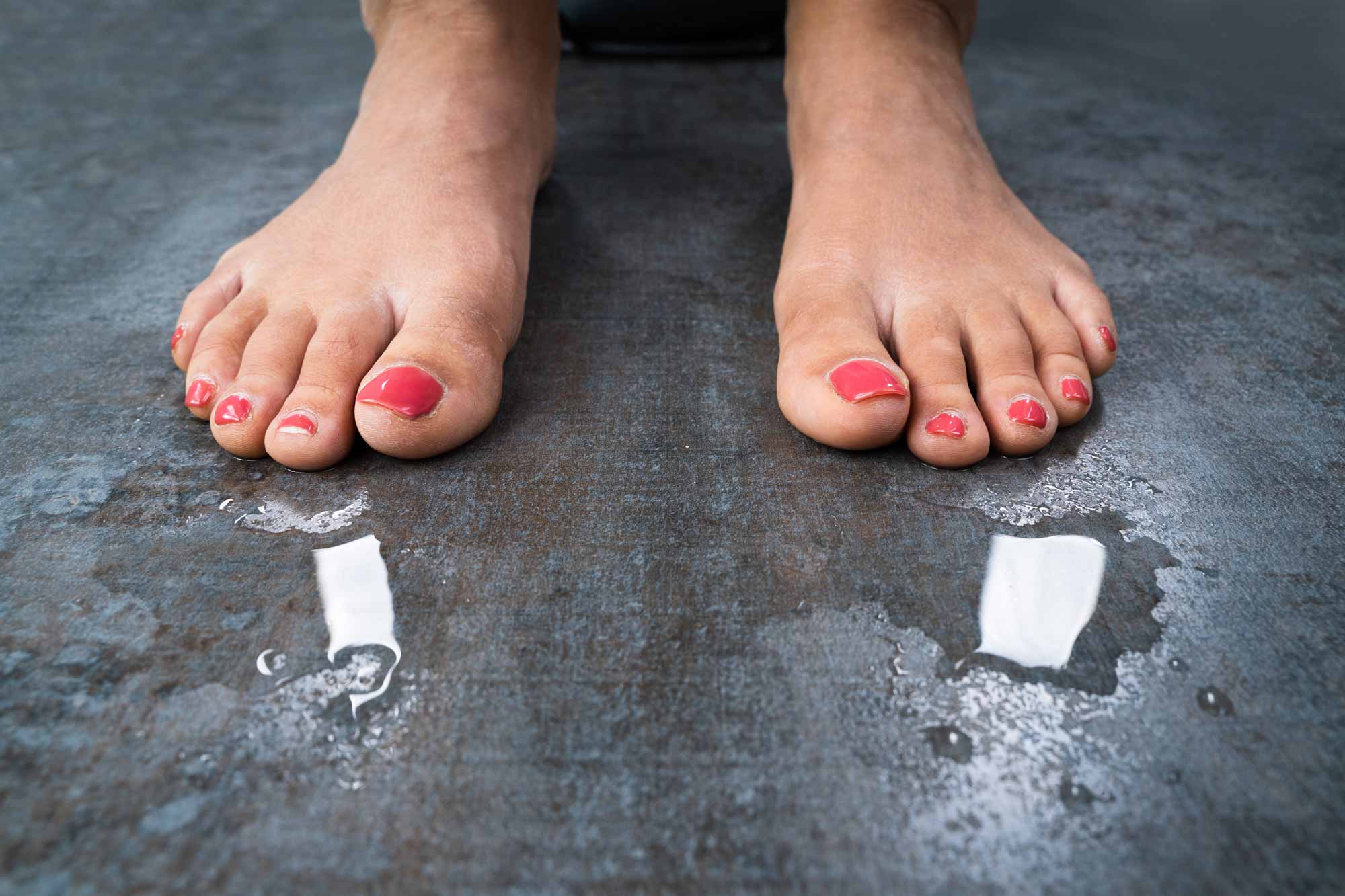Recognizing Excessive Sweating: Dermatology Insights on How to Stop Sweaty Hands
Recognizing Excessive Sweating: Dermatology Insights on How to Stop Sweaty Hands
Blog Article
Revealing the Intricacies of Excessive Sweating: A Comprehensive Overview to Medical Diagnosis and Management
Excessive sweating, clinically called hyperhidrosis, is a condition that influences a substantial variety of people and can have a profound influence on their high quality of life. While sweating is a natural bodily function, its overactivity in hyperhidrosis offers a distinct set of obstacles that typically exceed simple discomfort. Understanding the underlying reasons, recognizing the signs, and navigating the analysis process for hyperhidrosis can be elaborate jobs. In this thorough guide, we will certainly explore the intricacies of hyperhidrosis, from its medical diagnosis to the selection of treatment choices readily available, clarifying reliable administration methods for those coming to grips with this condition.

Comprehending Hyperhidrosis Causes
Hyperhidrosis causes can be connected to various aspects such as genes, hormone imbalances, and particular clinical conditions. Genes play a considerable duty in primary focal hyperhidrosis, where individuals acquire the condition from their family participants. By recognizing the specific aspects adding to excessive sweating, healthcare carriers can tailor treatment plans to attend to the underlying reason, offering relief and enhancing the quality of life for individuals impacted by hyperhidrosis.
Identifying Hyperhidrosis Effects

Furthermore, hyperhidrosis symptoms might show up in psychological and social distress, as people may really feel humiliated or anxious concerning their sweating, bring about evasion of social circumstances (Treatment for hyperhydrosis of hands and feet). In addition, repeated episodes of too much sweating can lead to skin maceration, fungal infections, and an overall decline in self-worth
Diagnostic Process for Hyperhidrosis
Launching the diagnostic procedure for extreme sweating involves detailed examination of the individual's case history and health examination. Asking about the start, duration, and causes of sweating episodes is important to differentiate in between key focal hyperhidrosis and additional generalised hyperhidrosis. Medical background ought to additionally include concerns about medicines, clinical conditions, and household background of hyperhidrosis.
During the physical exam, specific attention is paid to the areas influenced by sweating. The doctor may examine the level of sweating, check for indications of underlying problems, and review the impact of sweating on the individual's lifestyle. Additionally, certain examinations like the gravimetric examination, starch-iodine examination, or skin conductance measurements may be carried out to evaluate the amount of sweat produced.
In addition, in instances where second hyperhidrosis is suspected, additional tests such as blood tests, pee examinations, and imaging researches might be advised to recognize the underlying root cause of too much sweating. The analysis process aims to properly determine the kind and reason for hyperhidrosis to lead ideal monitoring strategies.
Therapy Alternatives for Hyperhidrosis
When resolving too much sweating, numerous treatment choices are click reference available to reduce symptoms and improve the individual's quality of life. The treatment strategy for hyperhidrosis relies on the intensity of signs and the patient's response to first therapies.
Topical treatments, such as aluminum-based antiperspirants, are usually suggested as the initial line of defense for taking care of light cases of hyperhidrosis. For people with more serious symptoms, oral drugs like anticholinergics may be suggested to help reduce sweating.

Effective Monitoring Strategies
To efficiently handle hyperhidrosis, a extensive and personalized treatment plan tailored to the person's details demands and feedback to previous treatments is necessary. This strategy may include a combination of restorative methods, including way of living alterations, topical therapies, oral medications, botulinum his comment is here contaminant shots, iontophoresis, and in serious situations, surgical treatments like gland removal or sympathectomy. Lifestyle alterations such as using moisture-wicking clothes, using antiperspirants, and exercising stress-reducing methods can complement clinical treatments. Topical antiperspirants including aluminum chloride are usually the first-line therapy, with stronger solutions offered for immune cases. Oral medicines like anticholinergics may be recommended for generalized hyperhidrosis. Botulinum toxin injections work for focal hyperhidrosis, supplying momentary relief by obstructing the release of acetylcholine. Iontophoresis, involving using a low electric current to lower sweat gland task, can be helpful for both palmoplantar and axillary hyperhidrosis. Surgical options are commonly scheduled for extreme, refractory situations and call for cautious factor to consider of benefits and dangers. A multidisciplinary approach including skin doctors, medical care physicians, and, if needed, cosmetic surgeons, can maximize the management of hyperhidrosis.
Conclusion
In conclusion, hyperhidrosis is a condition defined by too much sweating, which can substantially influence a person's lifestyle. By understanding the causes, recognizing the symptoms, and undergoing the diagnostic process, doctor can properly handle this problem. Therapy choices consist of topical medicines, oral medicines, injections, and even surgeries in extreme instances. With correct medical diagnosis and administration techniques, individuals dealing with hyperhidrosis can find alleviation and enhance their overall well-being.
Too much sweating, clinically understood as hyperhidrosis, is a condition that influences a considerable number of individuals and can have an extensive effect on their quality of life. By recognizing the certain elements contributing to extreme sweating, healthcare service providers can customize treatment plans to attend to the underlying cause, supplying alleviation and enhancing the quality of life for people affected by hyperhidrosis.
Hyperhidrosis, identified by extreme sweating past what is needed for regulating body temperature level, can considerably influence an individual's top quality of life. Inquiring concerning the onset, period, and triggers of sweating episodes is critical to distinguish in between primary focal hyperhidrosis and second generalized hyperhidrosis. Exessive Sweating.In final thought, hyperhidrosis is a problem characterized by extreme sweating, which can greatly affect a person's quality of life
Report this page